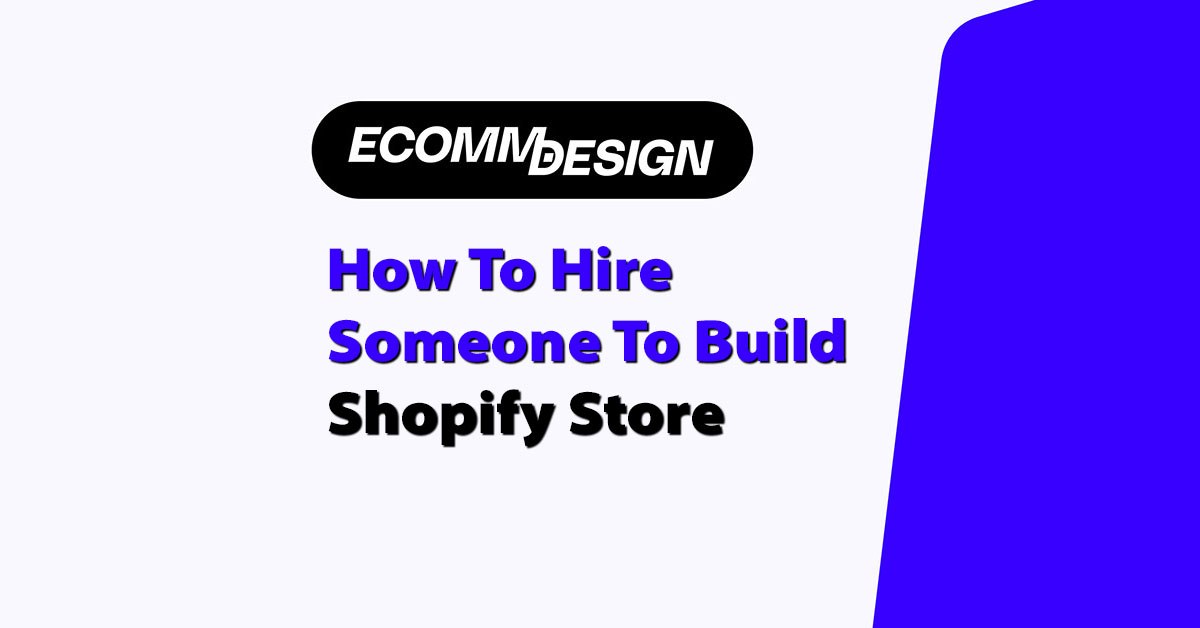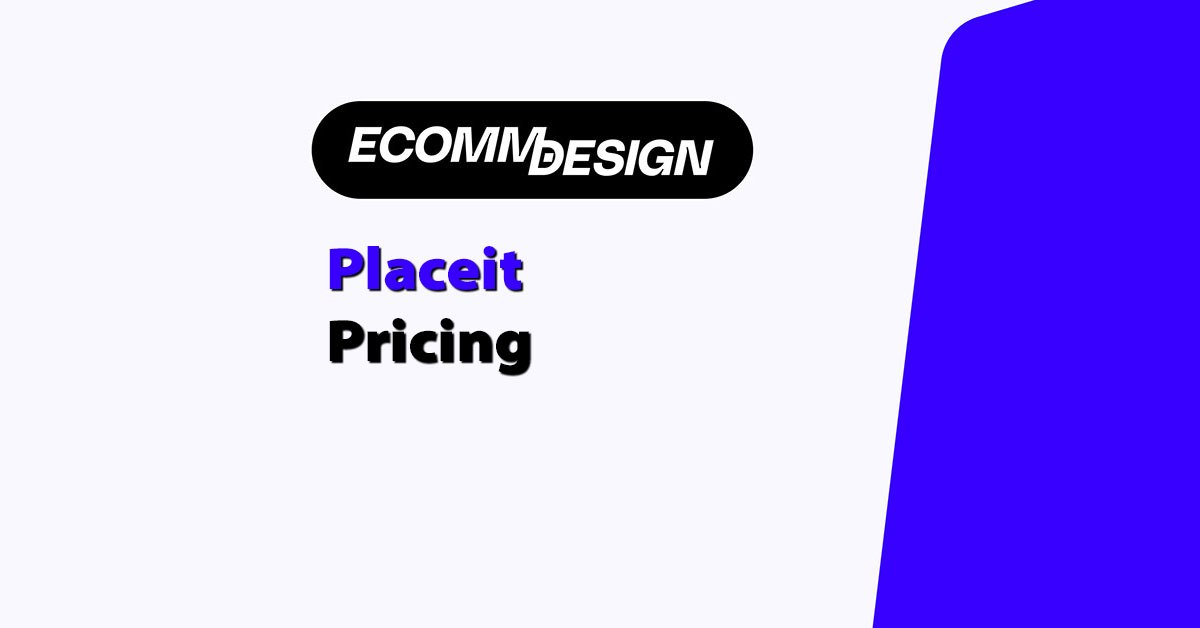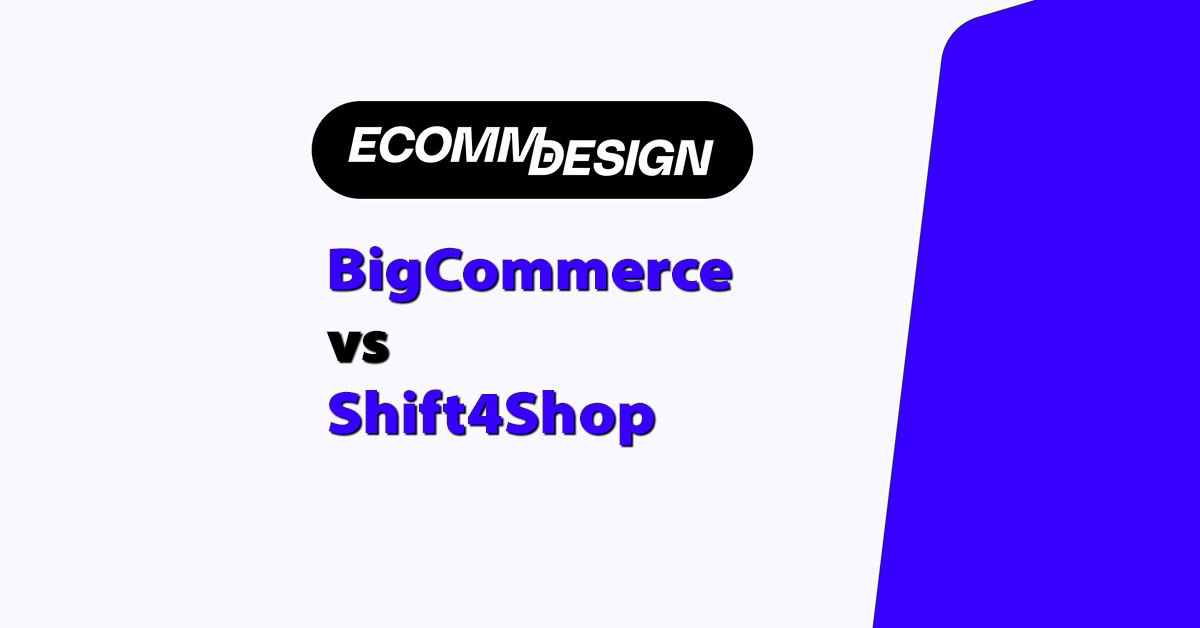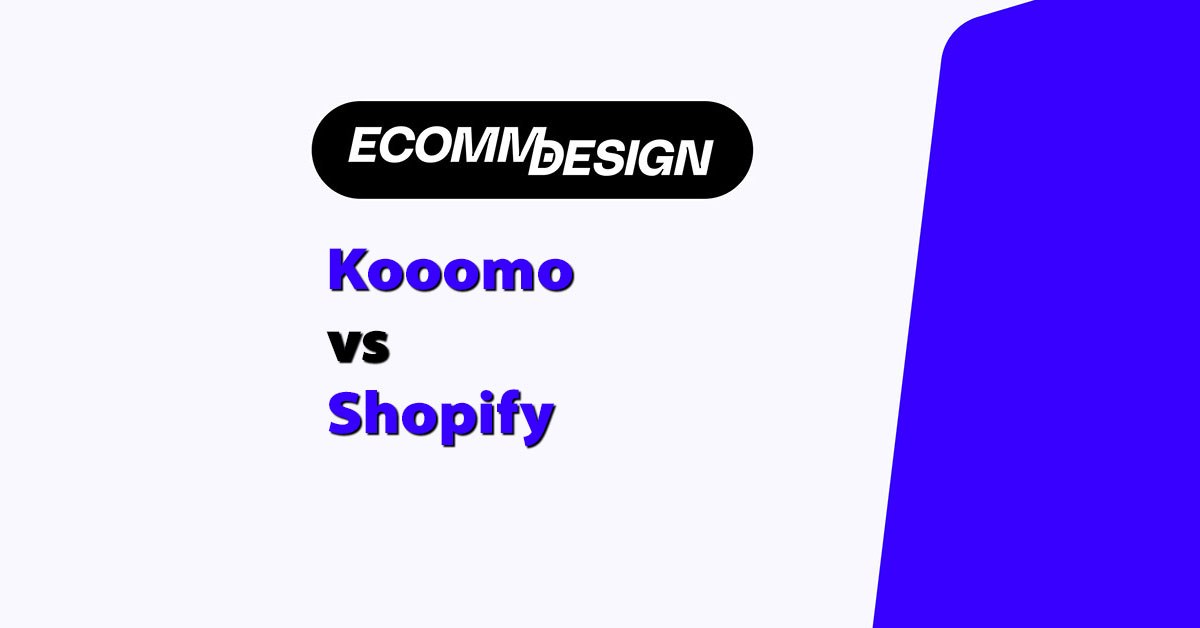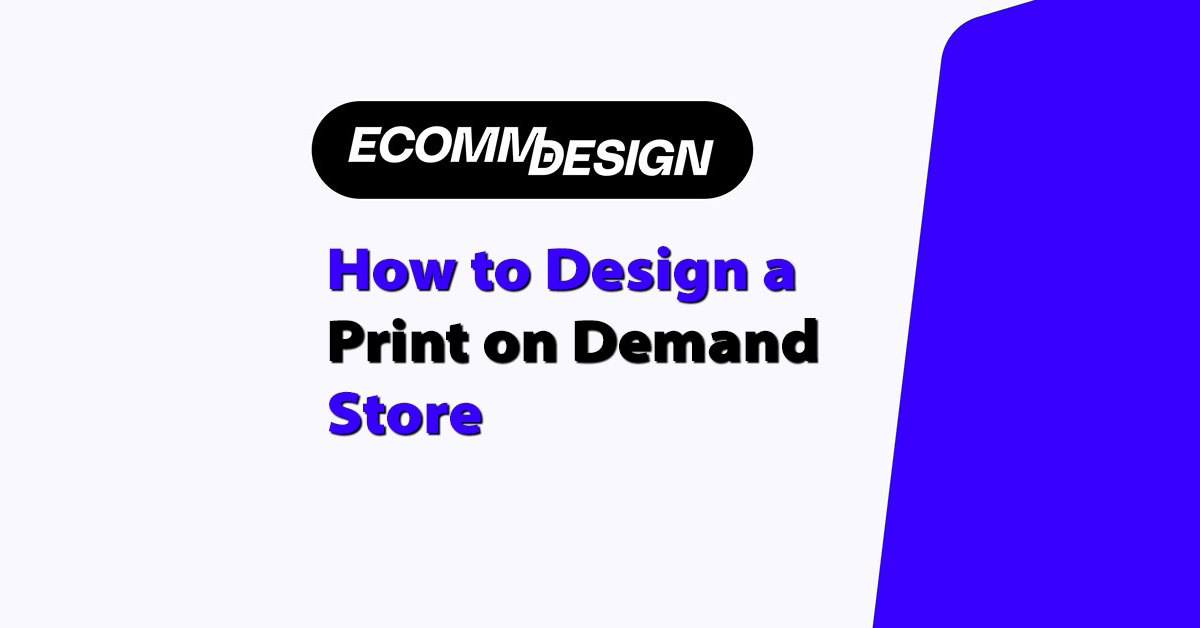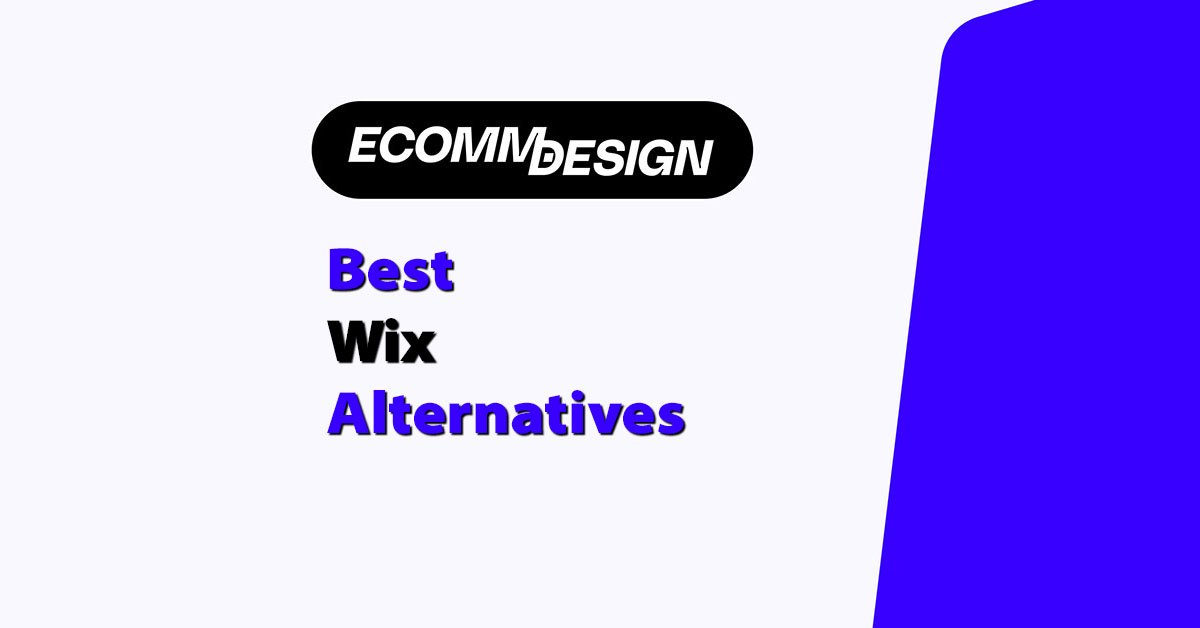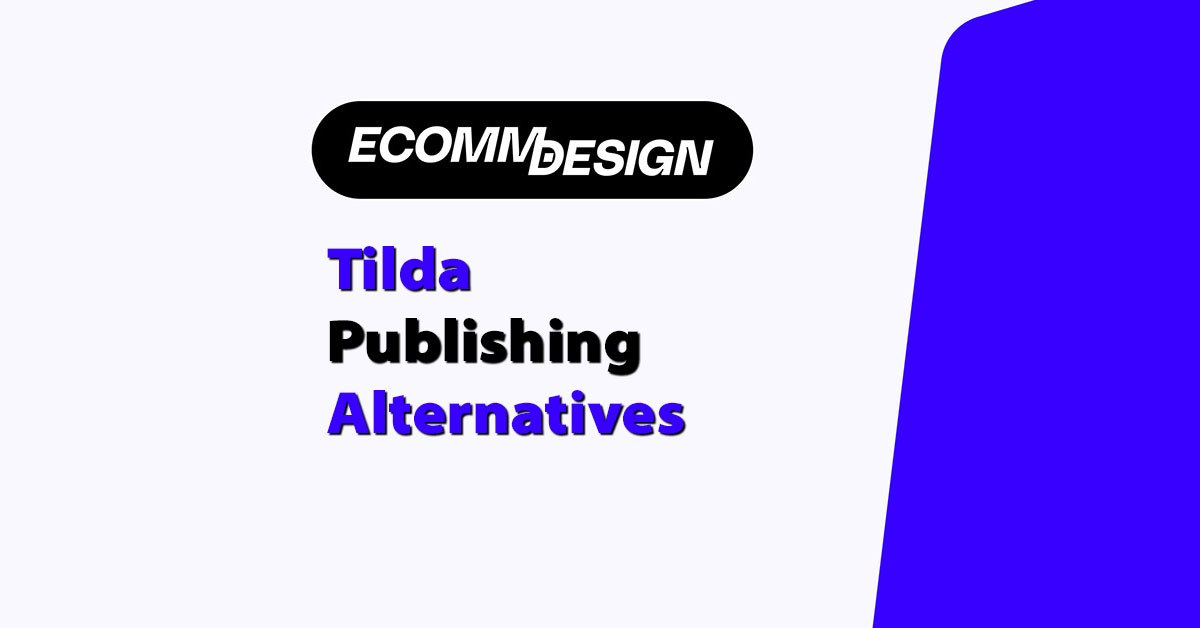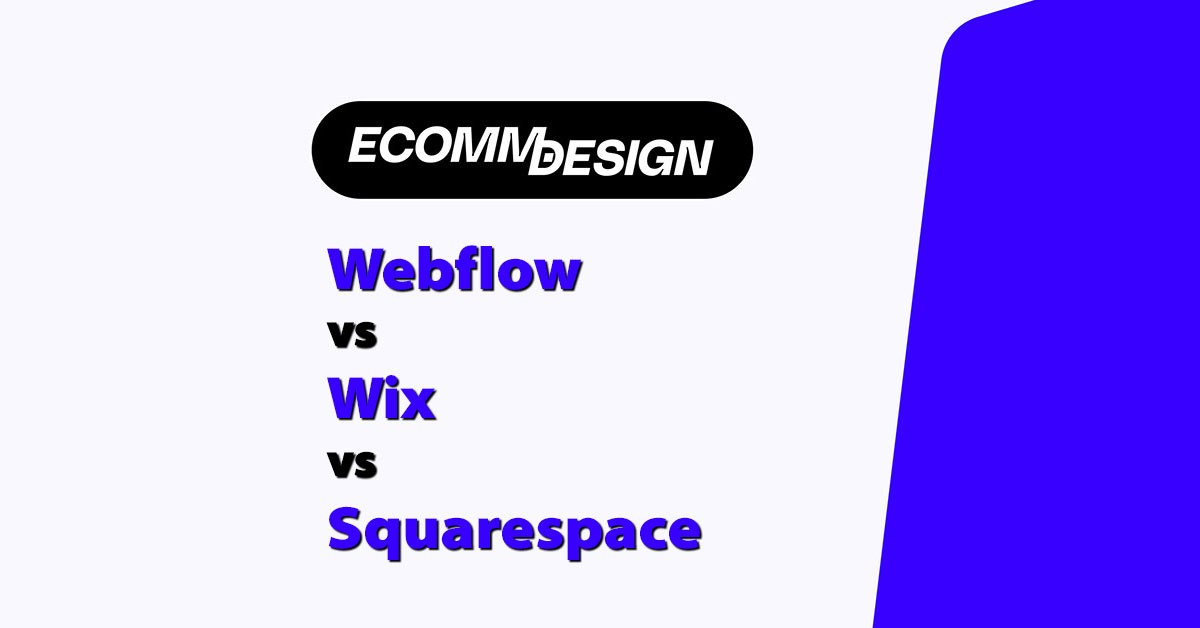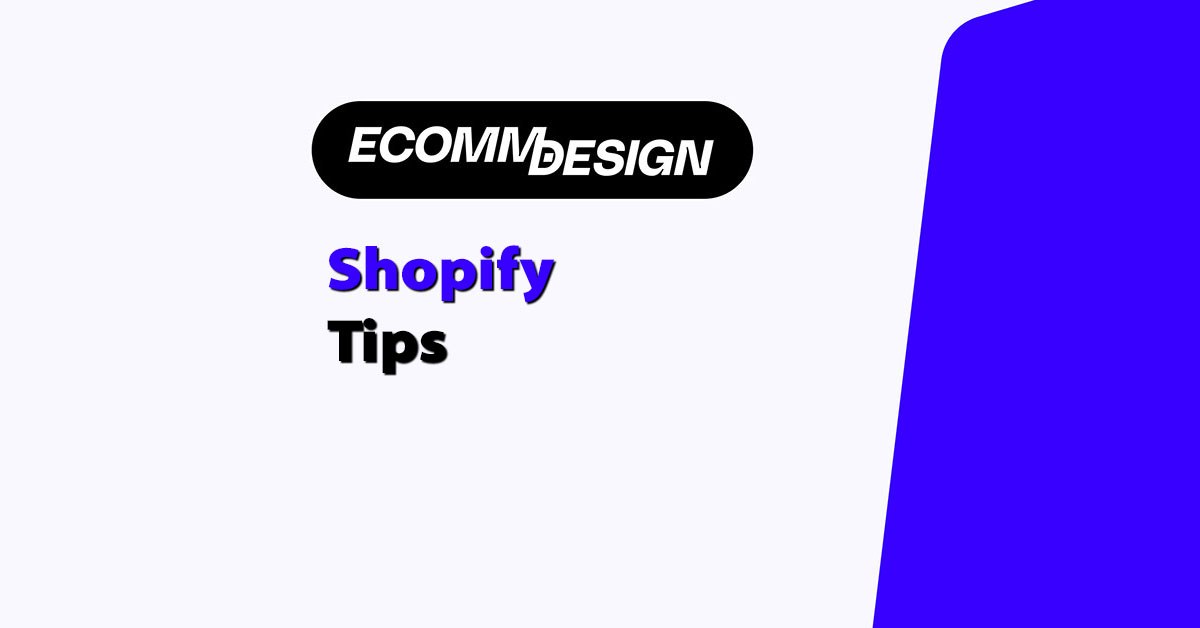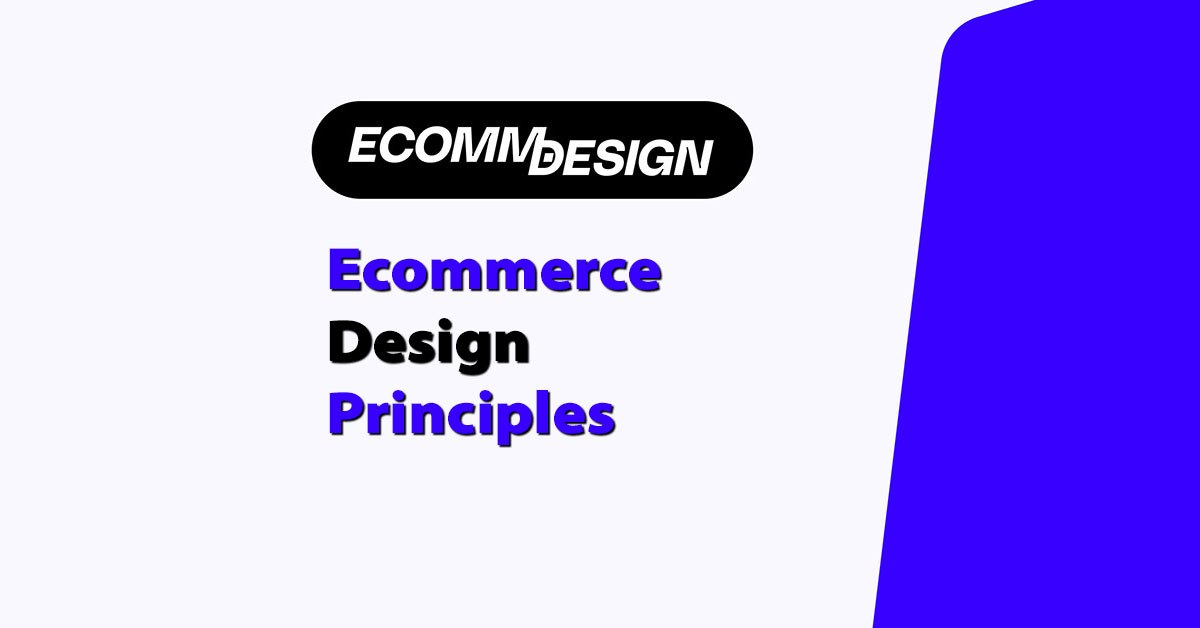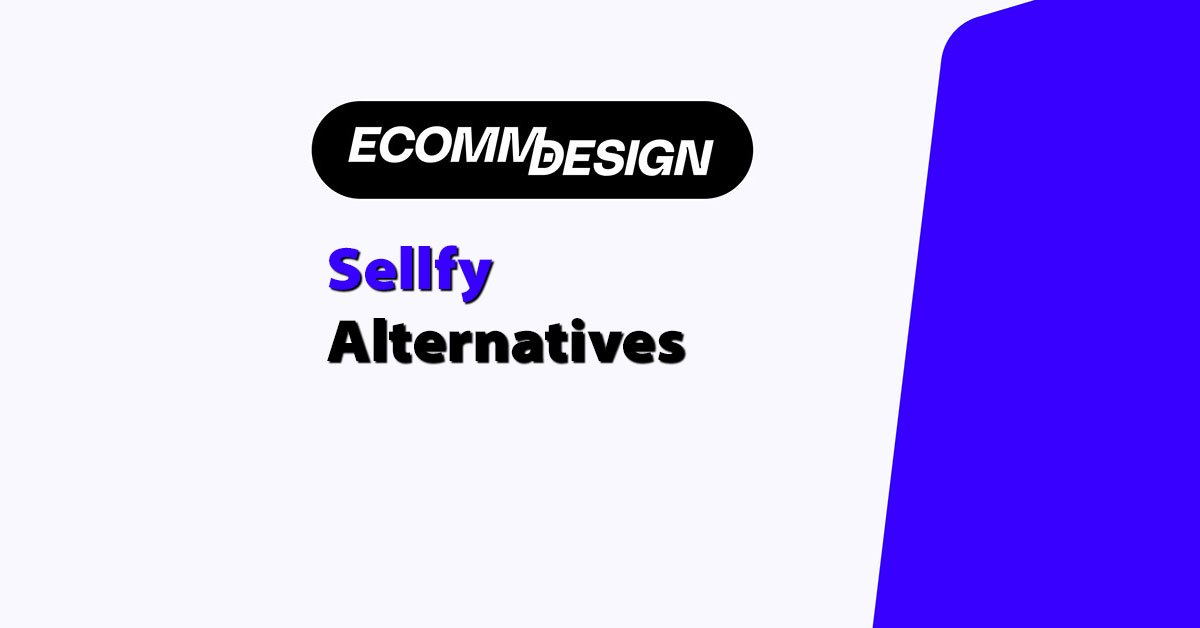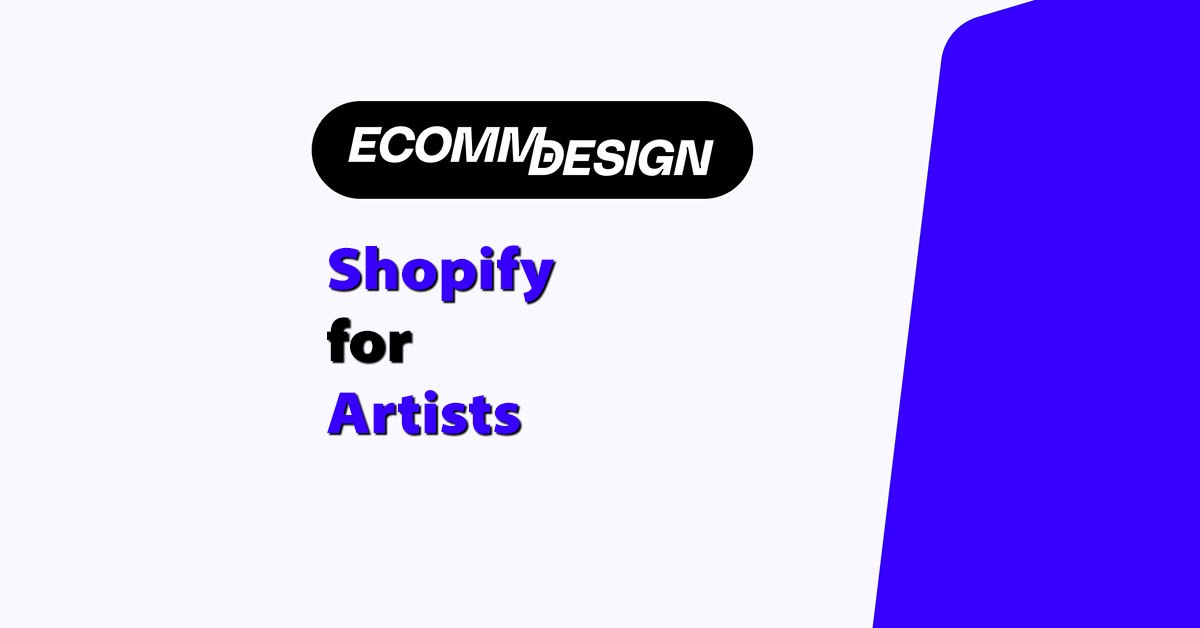
Selling art online isn’t just a trend — it’s a real opportunity to take ownership of your creative career.
Whether you’re just starting out or you’ve been creating for years, building your own Shopify store can help you turn your passion into a sustainable source of income.
With the right tools and approach, you can move from relying on galleries or marketplaces to building a business that’s entirely yours.
This detailed guide walks you through everything you need to know about using Shopify as an artist, from setup to marketing.
